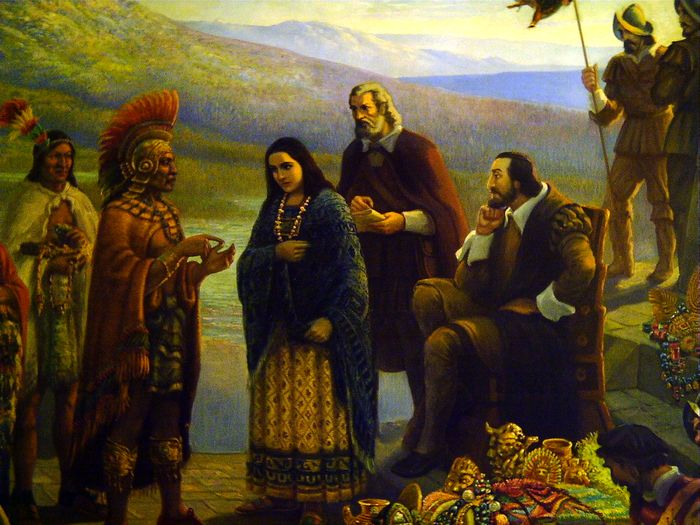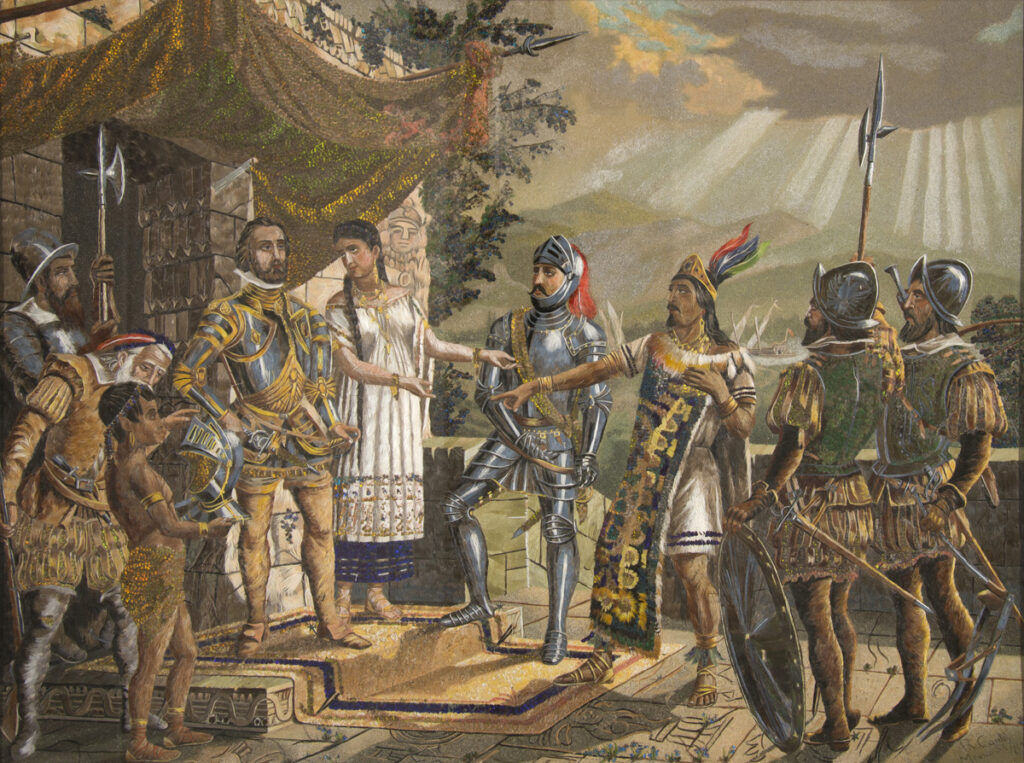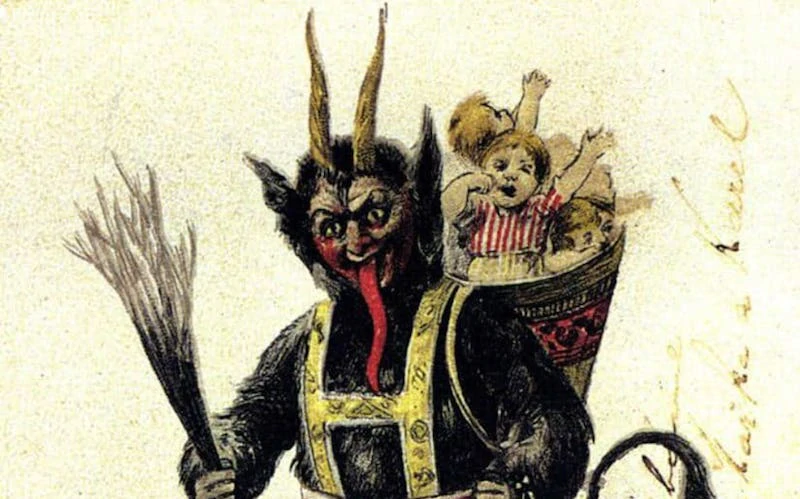Malinchista is a Mexican slang term for someone who has betrayed their country or culture in favor of another one.
The root of this term has an interesting history that can be traced back to before the founding of the nation. It dates back, in fact, before the people of that land even spoke Spanish.
During Hernan Cortés’ conquest of Mexico in the early 1500s, he met a young woman who would guide him in his journey. She would establish such a reputation that her name would live on as an insult.
As her reputation evolved and transcended cultural boundaries, so did her name: Malinal, Malintzin, Doña Marina, and eventually, La Malinche.

Early Enslavement
At a young age, La Malinche was either captured or sold into slavery. She was eventually trafficked to a group of Maya, where she began to learn Mayan as a second language.
This talent would prove to be life-altering for the young woman as the Spanish conquistadors arrived on the continent shortly after. Cortés arrived in South America with his translator Jerónimo de Aguilar in 1519.
They quickly had a battle with the Maya at Potonchán. Upon their defeat, they gifted Cortés 20 enslaved women, one of whom was La Malinche.
The Spanish conquistadors quickly learned that she could communicate with Aguilar in Mayan. But she could also communicate with Nahuatl-speaking natives. This set her up to become the interpreter to new tribes.
She became an invaluable asset to the Spaniards. She used her natural linguistic abilities to quickly learn Spanish and become Cortés’ only translator.
Rise to Power
La Malinche became Cortés’ most useful ally and is nearly inseparable from him in the historical record. Both Spanish and Aztec sources include her in every depiction of these societies’ meetings.
She was the key to the Spanish plans to conquer the Aztec empire. She would coordinate every conversation between Cortés and tribal leaders. If a plan to betray or injure Cortés arose, she would hear of it and warn him. This led to harsh retaliation against native people.
Within just a couple of years, the Spaniards had all but eradicated the Aztec empire with her help. This brought about a new era of Spanish rule.
After the conquest was complete, La Malinche gave birth to Cortés’ son, Martin. He is said to have been the first mestizo, a person with a mix of Spanish and Native blood.
Malinche Caught Between Worlds
La Malinche took on a symbolic role in Mexican history. She was the main avenue of communication between the native Nahua people and the Spanish conquistadors who massacred their people. She was also the mother of Cortés’ son.
She was seen as a temptress who betrayed her own people and connived with the enemy for personal gain. Her reputation became so tied to that of Cortés, that the Nahua would refer to him as “El Malinche”, inseparable from her own name.
Montezuma, the head of the Aztec empire, even addressed all of his correspondence intended for the Spanish to her. To her native people, she became a part of the invading Spanish forces. To the Spanish, she was an enslaved woman helping them to conquer a new land.
Caught between two worlds, La Malinche did what she could to survive. She was judged for her actions, with many condemning her role in the conquest of Mexico.

Scholarly Debate
Although many hate La Malinche, some scholars of the era have offered new perspectives for people to reconsider her role in the Spanish conquest.
Kristina Downs is a folklorist who explored the similarities between Pocahontas and La Malinche. She pointed out that La Malinche’s relationship with Cortés was based on her enslavement.
Even though she bore his child, there is no indication that there was any kind of romance or even consent in the process. There was no promise of safety or love inherent to the relationship. Without directly obeying Cortés, she ran the risk of personal injury or death.
Cordelia Candelaria, another scholar, also argues that many of the Aztecs thought that the Spanish may have been divine or immortal. It’s possible they thought that La Malinche may have also gotten absorbed in the mysticism of the Spanish.
It is also important to note that she was a teenage girl when she met Cortés, not a grown woman. This is important to remember when considering if someone’s decisions were rational.
Although other scholars have pointed out that if La Malinche was sold into slavery by her family when she was young, it is not out of the question that she used the Spanish to seek revenge on her culture.
Was She Evil or Adaptable?
Is malinchista a valid insult then? Does this young woman, who had a phenomenal self-preservation instinct, deserve to be remembered solely as a traitor to her people? Or should she be honored for her intelligence and adaptability in the face of a rapidly changing and confusing world?
The Spanish conquest of Mexico was swift. And yes, La Malinche was one of the most influential factors in its progression. However, Cortés had come to the West to conquer the land and likely would have found a way to do so with or without La Malinche.
It is a difficult legacy to grapple with since her actions were so influential, yet justifiable. But in the end, it is undeniable how historically significant La Malinche was in a world that had all but thrown her aside at a young age.
References
Aboulhosn, Angelica. “La Malinche, Hernán Cortés’s Translator and So Much More.” HUMANITIES 44, no. 1, (Winter 2023). https://www.neh.gov/article/la-malinche-hernan-cortess-translator-and-so-much-more.
Downs, Kristina. “Mirrored Archetypes : The Contrasting Cultural Roles of La Malinche and Pocahontas.” Western Folklore 67, (2008): 397-414.
“Life Story: Malitzen (La Malinche)” Women and the American Story, New York Historical Society. https://wams.nyhistory.org/early-encounters/spanish-colonies/malitzen/.
Mohammed, Farah. “Who was La Malinche?” JSTOR Daily, March 1, 2019. https://daily.jstor.org/who-was-la-malinche/.

